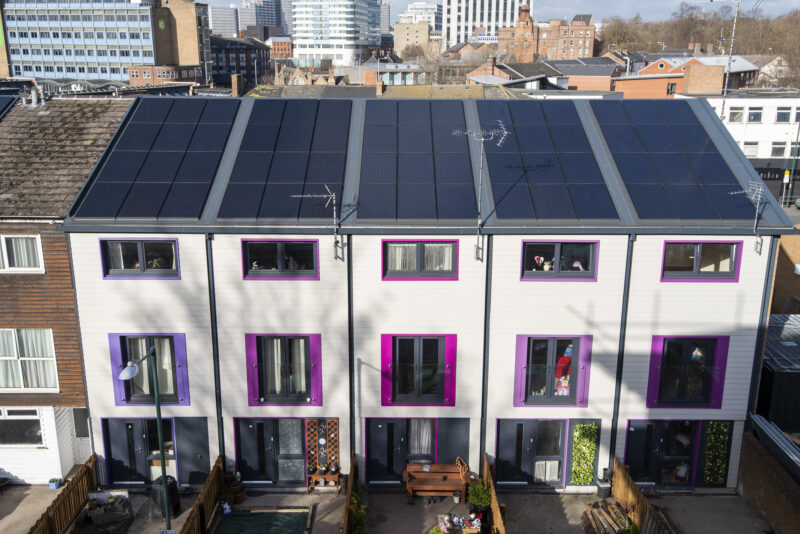
Whilst building new social housing is essential, prioritising sustainable renovations could be a more affordable, environmentally friendly and just approach.
The need for good quality, affordable social housing is undeniable. World Habitat supports the steps outlined in Housing Europe’s Manifesto to Lead the Way out of the Housing Crisis which calls for more affordable housing, and a reduction in the carbon footprint of European residential stock. We need governments to provide more energy-efficient social homes, and quickly.
But there is a danger of putting all our eggs in one basket. A sole focus on building from scratch saddles us with the burden of embodied carbon (carbon emissions associated with materials and construction) of new buildings, as well as that of the demolished or neglected existing housing. Then there is the issue of urgency: new social housing is being delivered at a much slower pace than existing demand, and that demand is increasing rapidly. Recent figures from the National Housing Federation in the UK state that more than 140,000 children are currently living in temporary accommodation, more than ever on record.
But what if we could provide permanent housing for those in need, while also minimising damage to the environment?
Reviving old or unused buildings by renovating and retrofitting them can deliver cost-effective and sustainable social homes. Whilst it can’t replace the need for new housing, it can create more homes, on a lower budget in a shorter timeframe than building new. And by using what we already have (and the embodied carbon we have already ‘paid’ for) this process can play a crucial role in decarbonising the housing sector – a sector responsible for 18% of the world’s carbon emissions according to the World Economic Forum.
Renovation and retrofits offer a win-win for everyone involved. Social housing tenants, often more vulnerable to fuel poverty and health issues, benefit from energy-efficient homes that are warm, healthy, and affordable. Social housing providers improve their assets, lower costs and have healthier tenants. National and local governments also gain, making strides towards their net-zero targets by saving on embodied carbon (the amount of carbon emitted during the construction of a building) and operational carbon (the carbon emitted to run the household).
Working together to revive social housing
Through the World Habitat Awards, we have seen plentiful examples of good-quality, affordable and climate-responsible social housing. Whether it’s renovating vacant buildings or reviving homes in disrepair, there is a common thread that runs through them: successful projects bring together communities, social housing providers, architects, designers, and engineers. Together, they can breathe new life into existing structures, protect buildings of architectural and social importance, and create thriving spaces for residents.
This collaborative approach is exemplified by the renovation of the Casa Bloc in Barcelona. The building, which has huge cultural significance, was built in 1933 as an innovative social project by eminent architects of the time, Josep Lluís Sert and Josep Torres Clavé. Eighty years later, in a state of disrepair, the Government of Catalonia leased the building to non-profit organisation Habitat3 for its new social housing project. The renovation transformed two floors of the block into 17 homes for people on the lowest incomes, at risk of social exclusion. Habitat3 worked in partnership with local government, social housing providers and a range of non-profit organisations to complete the renovations, which included high-tech solutions to combat fuel poverty and digital exclusion.
Nettelbeckplatz estate in Berlin, a 2024 World Habitat Award winner, is another exciting renovation which brings more affordable housing options to the capital city. The complex’s owner, Cooperative Housing Organisation ‘1892’, collaborated with architects and residents to preserve the iconic 1970s landmark, prioritising social and environmental concerns. Choosing to renovate rather than rebuild, meant that the existing tenants (70% of them living there since the 1970s) were able to stay in the building throughout the works. The completed project offers plenty of energy-efficient, affordable housing options for people often marginalised or priced out of the housing market. Before the renovation, there were 170 apartments, but with the amplification and renovation, another 40 dwellings plus 8 student apartments and 10 accessible apartments for the elderly were added.
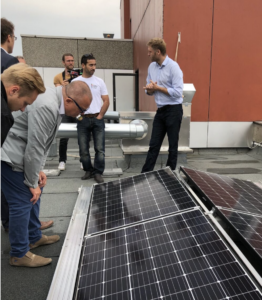
Solar panels on the roof of Nettelbeckplatz, Berlin
Another World Habitat Award winner, not-for-profit homelessness organisation From Streets to Homes Association (Utcából Lakásba Egyesület or ULE) in Budapest runs a social housing programme, renovating empty properties to deliver affordable rental homes for people on low incomes and experiencing homelessness. The municipality provides buildings in disrepair, and ULE manages the leases, the works (often training future residents in renovation skills), and wider support for tenants. The programme is based on a Housing First approach but adapted to a Hungarian context, in which street homelessness is criminalised and there is no functioning welfare state. With a lack of economic resources and political will to build new social housing stock, renovation offers a way forward.
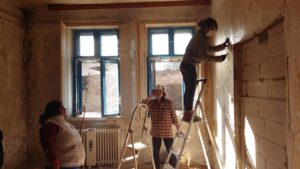
Renovating social housing in Budapest by Utcáról Lakásba Egyesület
To retrofit or not to retrofit
Arguments for and against retrofitting are well established: Retrofitting (the practice of bringing older homes up to modern standards of thermal efficiency) avoids squandering embodied carbon, but can be complex, expensive and time-consuming, so many social housing providers choose to build energy-efficient homes from scratch. The problem with this is that we do not have the land, money, resources or carbon budget to build all the homes we need.
However, we are entering a new era of net-zero retrofits that are economically viable for housing providers to install at scale, which reduce planning application processes and take just days to complete, with minimal disruption to tenants.
This year’s gold Award winner Energiesprong is one such solution. It uses prefabricated insulated wall and roof panels and a range of smart green technologies, including heat pumps and solar panels. The pre-made panels are attached directly to the existing building, speeding up the construction process and minimising disruption for residents. The retrofits take a maximum of 10 days and achieve a 70-80% reduction in the building’s energy use.
To date, Energiesprong Global Alliance has completed over 10,000 net-zero retrofits across Europe and North America. Residents are involved in every part of the process, from attending community meetings and workshops, to participating in decision-making, to ensure the retrofit meets their specific needs and creates comfortable homes that are easy to live in. But also, for housing providers, the retrofits are almost entirely funded by long-term savings on energy costs, a benefit that new builds can’t offer. Energiesprong also works with its partners to improve the political landscape helping to drive support for these kinds of projects.
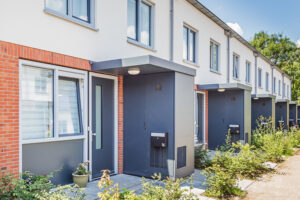
Energiesprong retrofit in Arnhem, Netherlands
By considering renovation and retrofitting alongside well-planned new builds, we can construct a future for social housing that’s not just sustainable but also empowering. We can create communities where residents thrive in healthy, energy-efficient homes, where architects, designers and residents collaborate, and where social housing providers become leaders in climate action. This vision is achievable, but it requires a collective effort. Governments must incentivise, social housing providers must innovate and communities must participate in shaping decent, affordable housing. By reviving what we already have, we can build a brighter future for social housing and the planet.

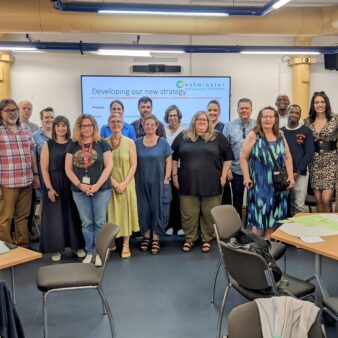
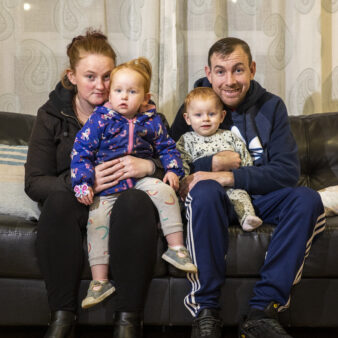
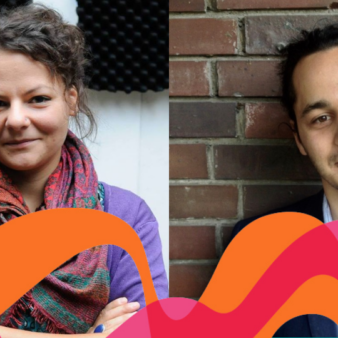
Join the discussion